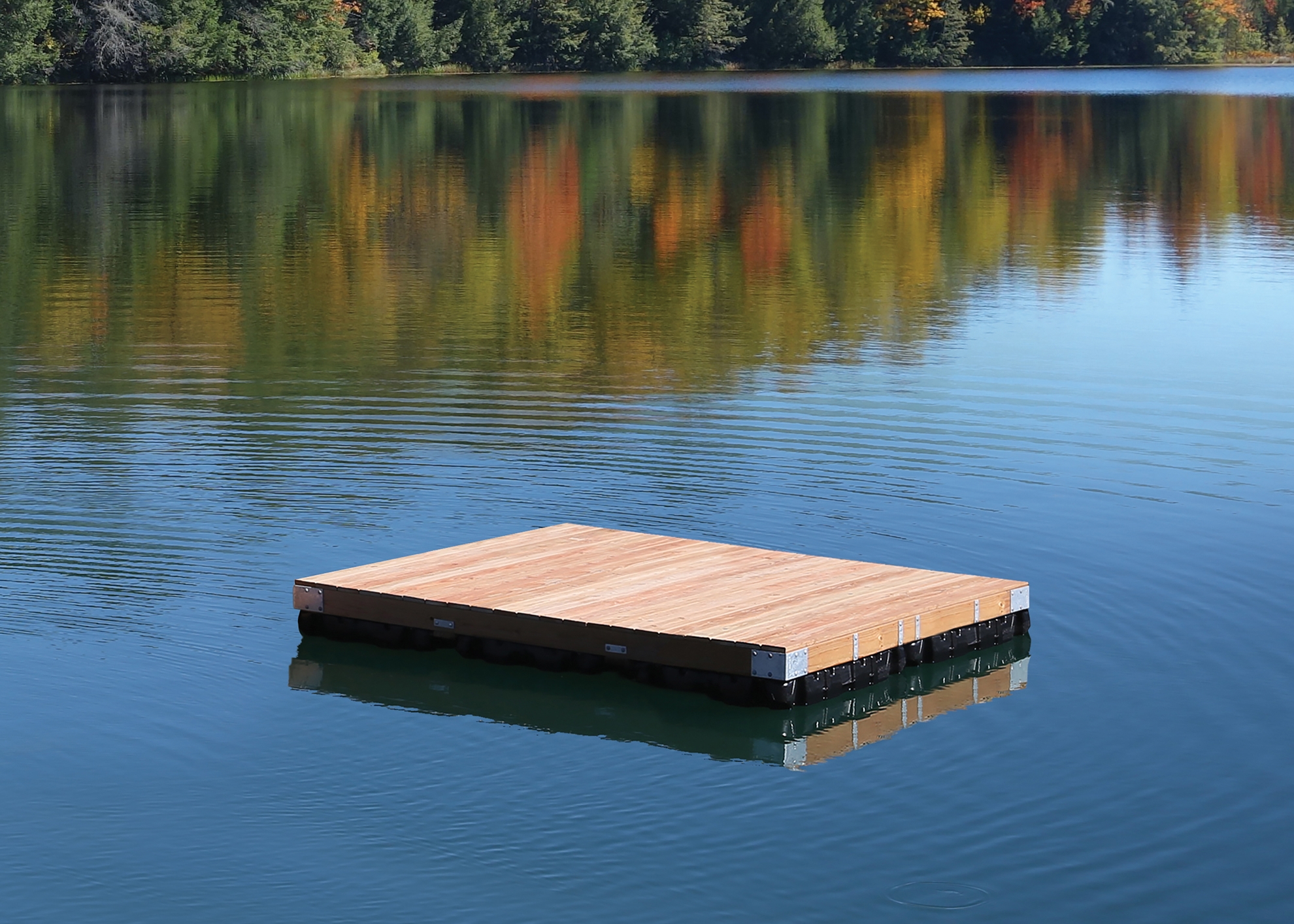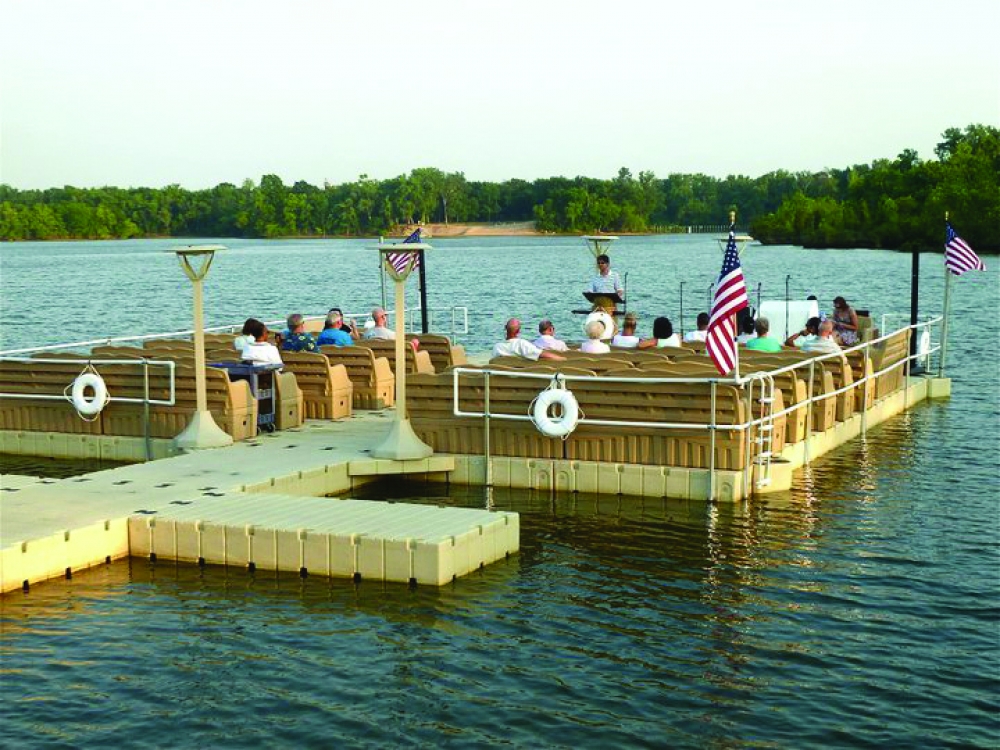Floating Docks: The Perfect Choice for Versatile Water Gain Access To
Floating docks present a compelling remedy for a variety of water accessibility needs, using versatility that transcends typical mooring options. Their capability to adjust to changing water degrees while making certain stability and security makes them specifically helpful for both industrial and entertainment applications. Furthermore, the modular nature of floating docks helps with modification, catering to particular needs. Nevertheless, the nuances of setup and upkeep, along with the array of applications, require a closer evaluation to completely value their prospective benefits and ramifications for river access strategies.
Advantages of Floating Docks
Floating docks offer numerous benefits that improve water access for numerous applications. Their capability to rise and drop with altering water levels makes them specifically beneficial in environments with rising and fall tides or seasonal variations. This flexibility makes sure that vessels can easily tie without issue for the water's deepness, offering a reputable platform for leisure, commercial, and industrial usages.
Furthermore, floating docks are commonly constructed from resilient products that resist rust, making them appropriate for lasting use in marine settings. Their installment is generally much less intrusive than traditional fixed docks, minimizing the ecological influence and helping with quicker implementation (dock company). This flexibility permits much easier moving or reconfiguration according to customer demands or ecological changes
Safety is another essential benefit; floating docks can provide stable gain access to for people boarding or disembarking from watercrafts and decrease the danger of crashes associated with unstable surfaces. They can be created to suit a selection of devices, such as cleats and fenders, improving functionality. Overall, floating docks represent an efficient solution for improving water accessibility across varied industries while promoting safety and security and ecological sustainability.

Kinds Of Floating Docks
Numerous sorts of floating docks accommodate various needs and atmospheres, each designed with certain features to enhance capability. The most typical kinds consist of modular docks, which consist of interlacing areas that enable simple customization and growth. These docks are perfect for leisure usage, as they can be tailored to fit different watercraft sizes and water conditions.
An additional prominent choice is the fixed floating dock, which remains anchored in area however drifts with changing water levels. floating docks. This type is especially suited for areas with minimal tidal variations, providing steady gain access to for fishing or swimming. Furthermore, there are drive-on docks, which feature a sloped style that permits boats to quickly drive on and off, making them appropriate for personal boat and smaller sized vessels
For industrial applications, durable floating docks are available, created from strengthened materials to hold up against significant tons and harsh aquatic settings. Finally, eco-friendly floating docks make use of sustainable products and styles to lessen ecological influence, often integrating features like plants to sustain local wildlife. Comprehending the numerous kinds of floating docks makes sure that customers can choose the most appropriate remedy for their details needs.
Installation Process Summary
An effective setup of floating docks additional info calls for cautious planning and focus to detail to ensure optimum performance and safety and security. The preliminary step entails evaluating the website conditions, including water deepness, current, and possible obstacles. This analysis informs the option of the proper dock materials and layout customized to the specific setting.
Next, obtaining necessary permits is essential, as lots of jurisdictions have laws regarding building and construction on water index bodies. When permissions are safeguarded, the setup can continue. Begin by preparing the foundation, which may include anchoring systems or pilings customized to the dock type and local problems.
Adhering to the foundation configuration, assemble the dock sections according to manufacturer requirements. Guarantee that all elements are firmly fastened and aligned to stand up to environmental anxieties. Position the dock in the assigned area, guaranteeing it is level and steady.

Maintenance Tips and Finest Practices
After the setup procedure is total, recurring maintenance plays an essential duty in guaranteeing the durability and performance of floating docks. Routine examinations ought to be performed to recognize any kind of indicators of deterioration, damages, or wear - floating dock company. Inspect for any kind of loosened fittings, fractures, or separation in the dock areas, as click to read these can jeopardize architectural integrity
Cleaning the dock is necessary to get rid of debris, algae, and various other build-up that can influence its appearance and safety and security. Make use of a mild pressure clean regularly to keep tidiness without triggering damage to the surface area. Additionally, using a protective sealer every few years can assist boost durability and stand up to environmental wear.
Focus on the mooring lines and supports, ensuring they are cost-free and protected from deterioration. Change any abject components promptly to prevent dangers. Seasonal adjustments may likewise be essential; during severe climate condition, rearranging or reinforcing the dock can protect against damage.
Applications for Floating Docks
Floating docks serve a plethora of applications, catering to both entertainment and business needs. In entertainment settings, they offer seamless access to rivers for tasks such as boating, angling, and swimming. Their flexible nature permits for installation in varying water degrees, making certain safe and stable gain access to regardless of tidal variations.
Readily, floating docks are crucial for marinas and waterfront companies. They help with the docking of vessels, allowing effective loading and discharging of products. Their modular style enables for easy expansion or reconfiguration to accommodate changing company demands, making them optimal for boat rentals, tour operations, or angling charters.
In addition, floating docks are utilized in environmental applications such as marine study and environment repair. They can function as platforms for clinical researches, monitoring water top quality, or performing wild animals surveys without disturbing delicate ecosystems.
In commercial contexts, floating docks are used in building and construction jobs, offering access to hard-to-reach locations for devices and workers. Their versatility, durability, and very little effect on the environment make them an optimum option for a large range of applications, improving both functionality and ease of access in numerous water-based settings.
Conclusion
In final thought, floating docks stand for an optimum solution for diverse water gain access to requires, owing to their flexibility, sturdiness, and modular layout. Floating docks offer as an important property for recreational, industrial, and environmental jobs, making certain reliable access to rivers and advertising lasting practices in water settings.
Floating docks present an engaging solution for a variety of water access requires, providing versatility that goes beyond typical mooring options.Floating docks deal many benefits that enhance water access for different applications. On the whole, floating docks stand for a reliable service for boosting water gain access to throughout diverse markets while advertising security and ecological sustainability.
An additional popular choice is the fixed floating dock, which continues to be anchored in area yet floats with changing water degrees.In final thought, floating docks stand for an ideal service for varied water gain access to needs, owing to their flexibility, toughness, and modular style.
Comments on “Floating Docks: The Smart Selection for Modern Beachfront Living and Leisure”